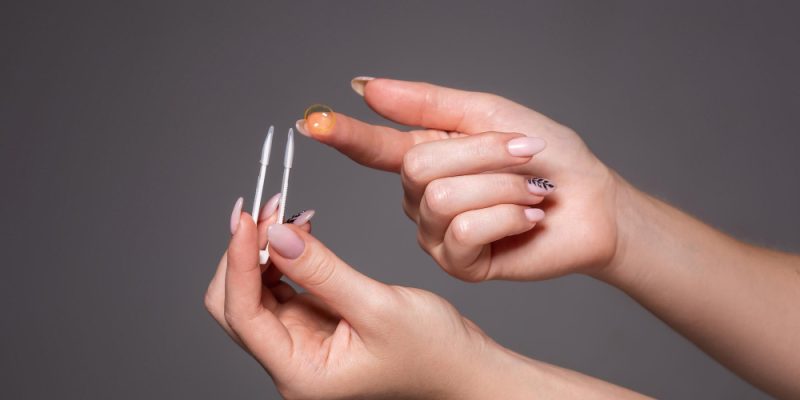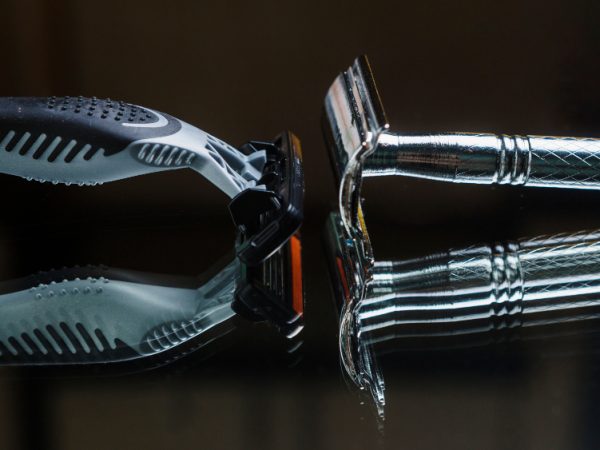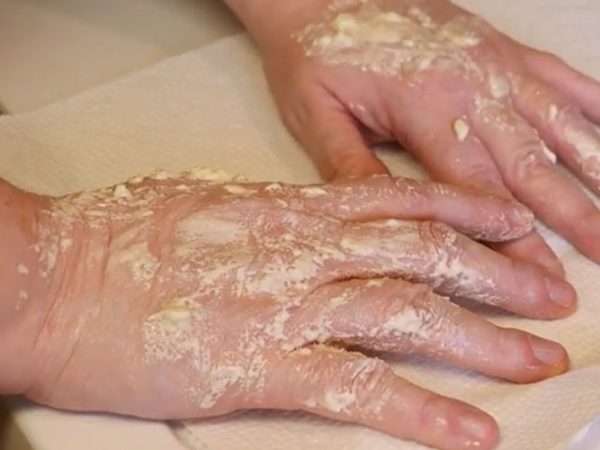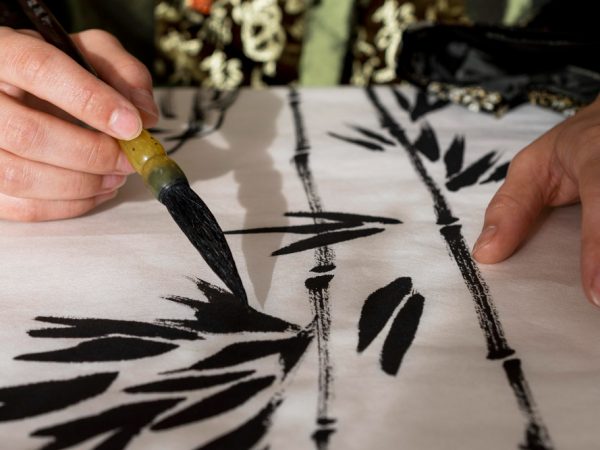Throbbing Pain Under Acrylic Nail: Causes & How to Treat It

Acrylic nails are a beauty staple for many, offering long-lasting, flawless manicures. But sometimes, they can come with an unexpected downside—throbbing pain under the nail. This discomfort can range from mild irritation to severe, persistent pain that interferes with daily activities.
If you’ve ever asked yourself, “Why does my acrylic nail hurt?”—you’re not alone. This guide covers the most common causes, treatments, and prevention methods for throbbing pain under acrylic nails so you can enjoy beautiful nails without the discomfort.
Understanding Acrylic Nails
Acrylic nails are created by mixing a liquid monomer with a powder polymer, which hardens into a durable layer over your natural nails. While strong and stylish, this process can sometimes put stress on your natural nails, especially if not applied or removed correctly.
Why Do Acrylic Nails Cause Throbbing Pain?
Throbbing pain is usually a signal from your body that something is wrong. Common causes include:
- Excessive pressure on the nail bed
- Improper application techniques
- Nail trauma from snagging or hitting the nail
- Allergic reactions to chemicals used
- Bacterial or fungal infections developing under the acrylic
Nail Trauma: The Most Common Cause
One of the leading causes of acrylic nail pain is trauma. This happens when the acrylic nail is pulled, bent, or lifted due to everyday activities.
Examples
- Hitting your nail against a hard surface
- Getting your acrylic caught in clothing or hair
- Applying too much pressure when opening items
This can separate the acrylic from your natural nail, leaving the sensitive nail bed exposed and causing throbbing discomfort.
Infections Under Acrylic Nails
Acrylic nails can sometimes trap moisture, dirt, and bacteria between the acrylic and natural nail. This environment is perfect for infections.
- Bacterial infection: Causes redness, swelling, throbbing pain, and sometimes pus.
- Fungal infection: Leads to yellowing, thickening, and persistent discomfort.
If left untreated, infections can worsen and damage the natural nail permanently.
Allergic Reactions to Acrylics
Some individuals are sensitive or allergic to the chemicals used in acrylic nails, including:
- Monomer liquid
- Acrylic powders
- Primers and adhesives
Symptoms include throbbing pain, itching, redness, swelling, and even blisters. If you notice these signs, you may need to switch to hypoallergenic nail products or avoid acrylics altogether.
Improper Application or Removal
Poor salon practices can also lead to nail pain. Common mistakes include:
- Over-filing the natural nail, leaving it too thin and sensitive
- Applying acrylic too thick, creating unnecessary pressure
- Using low-quality products with harsh chemicals
- Improper removal (forcefully prying off nails instead of soaking)
These issues damage the nail bed and cause ongoing throbbing pain.
At-Home Treatment for Throbbing Nail Pain
If the pain is mild, you may be able to manage it at home:
- Cold compress: Apply to reduce swelling and throbbing.
- Pain relief: Over-the-counter painkillers like ibuprofen help with discomfort.
- Keep it dry: Prevent further infection by keeping nails moisture-free.
- Antiseptic soak: Use warm salt water or diluted antiseptic solution.
- Remove the acrylic: If the nail is lifting or damaged, gently soak off the acrylic at home.
When to See a Doctor
Seek professional medical help if you notice:
- Persistent throbbing pain lasting more than 2–3 days
- Redness, swelling, or pus under the nail
- Fever or spreading infection
- Nail discoloration that worsens over time
A doctor may prescribe antibiotics (for bacterial infections) or antifungal treatments if necessary.
How to Prevent Pain Under Acrylic Nails
Prevention is always better than cure. To avoid future problems:
- Go to a reputable salon with strict hygiene standards.
- Don’t keep acrylics on longer than 2–3 weeks.
- Always ensure nails are clean and dry before application.
- Request your nail tech not to over-file your natural nails.
- Avoid using your nails as tools (opening cans, scratching surfaces).
Alternatives to Acrylic Nails
If acrylic nails consistently cause pain, consider gentler alternatives:
- Gel nails: Flexible and less damaging.
- Dip powder nails: Lightweight and durable without heavy filing.
- Press-on nails: Temporary but stylish with minimal damage.
- Natural nail care: Strengthen with biotin supplements, cuticle oils, and regular manicures.
These options may give you the look you want without the discomfort.
Conclusion
Throbbing pain under acrylic nails is not just an annoyance—it can be a warning sign of trauma, infection, or allergic reaction. Understanding the causes and taking quick action ensures that your nails remain healthy and your manicure stays safe.
The golden rule: sunscreen protects, primer perfects. (Oops — scratch that — wrong topic The golden rule here is: If your acrylic nails hurt, don’t ignore it. Remove the acrylic if necessary, treat the pain, and seek medical help if symptoms worsen.
With the right care and prevention, you can enjoy beautiful nails without the pain.
FAQs
1. Is it normal for acrylic nails to hurt?
Mild tightness or sensitivity right after application can be normal, but throbbing pain is not and should be addressed.
2. How do I know if my acrylic nail is infected?
Signs include redness, swelling, throbbing pain, pus, and changes in nail color.
3. Can I still wear acrylics if I have sensitive nails?
Yes, but choose a reputable salon, request gentle application, or consider gel nails as a gentler option.
4. What should I do if my acrylic nail is lifting and hurts?
Remove the acrylic safely, clean the area, and allow the natural nail to heal before reapplying.
5. Can acrylic nails cause permanent damage?
If infections or trauma are left untreated, acrylics can cause long-term nail damage or deformities.
Also read: Liquid Eyeliner vs Pencil: Which Is Best for Your Look?











